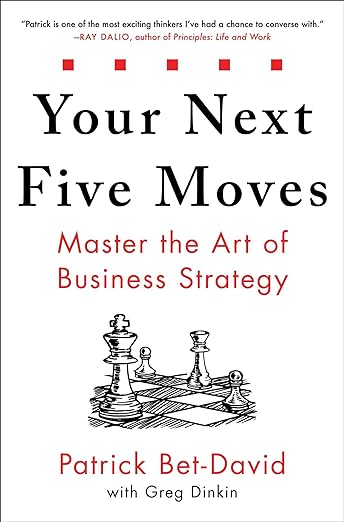Common Stocks and Uncommon Profits
“Common Stocks and Uncommon Profits” is a classic investment book written by Philip Fisher and first published in 1958. The book offers insights and principles for evaluating and investing in stocks with the goal of achieving above-average returns over the long term. Fisher’s approach focuses on a qualitative analysis of companies, looking beyond traditional financial…
“Common Stocks and Uncommon Profits” is a classic investment book written by Philip Fisher and first published in 1958. The book offers insights and principles for evaluating and investing in stocks with the goal of achieving above-average returns over the long term. Fisher’s approach focuses on a qualitative analysis of companies, looking beyond traditional financial metrics to understand the quality and potential of a business. Here is a summary of some of the key concepts from the book:
- Scuttlebutt Method: Fisher introduced the “scuttlebutt” approach, which involves gathering information about a company from a variety of sources, including suppliers, customers, competitors, and employees. By accumulating firsthand information, investors can gain a deeper understanding of the company’s operations, reputation, and growth prospects.
- Long-Term Investment: Fisher advocates for a long-term investment horizon. He believes that investors should choose companies with solid growth potential and hold onto their investments through market fluctuations, benefiting from the compounding of returns over time.
- Management Evaluation: Fisher emphasizes the importance of assessing a company’s management team. He looks for management that is honest, capable, innovative, and aligned with the interests of shareholders. A strong management team can drive the success of a company over the long term.
- Innovation and Research: Fisher encourages investors to look for companies that are constantly innovating and investing in research and development. Companies that focus on improving products and services are more likely to maintain their competitive edge and grow over time.
- Competitive Advantage: Fisher suggests investing in companies with sustainable competitive advantages. Such advantages can include strong brand recognition, proprietary technology, economies of scale, or unique market positioning that allows the company to maintain profitability and market share.
- Conservative Financing: Fisher recommends avoiding companies with excessive debt or overly aggressive financing strategies. Companies with solid financial foundations are better equipped to weather economic downturns and capitalize on growth opportunities.
- Earnings Growth: Fisher believes that companies with consistent and sustainable earnings growth have the potential to provide attractive investment returns. However, he cautions against focusing solely on short-term earnings fluctuations.
- Margin of Safety: While Fisher doesn’t explicitly use this term, his principles align with the concept of a margin of safety. He suggests that investors should be cautious and pay a reasonable price for a stock relative to its intrinsic value, reducing the risk of overpaying for potential returns.
“Common Stocks and Uncommon Profits” is a detailed guide that encourages investors to think critically, do thorough research, and invest with a long-term perspective. It’s important to note that Fisher’s approach requires a deep understanding of individual companies and industries, making it more suitable for investors willing to put in the time and effort to conduct comprehensive research.






